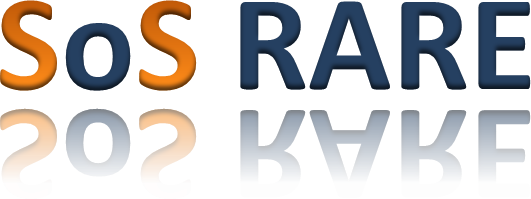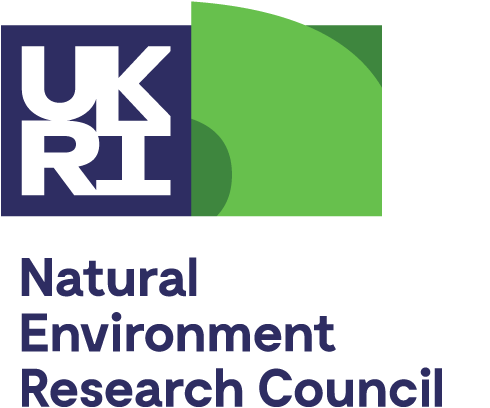SoS RARE Thermodynamics Workshop
On the 18th and 19th January 2016, the University of Leeds hosted the first SoS RARE workshop on the Thermodynamics of Rare Earth Element (REE) Systems. These two thermodynamics-themed days brought together geologists, chemists, physicists and chemical engineers. Altogether, there were 41 researchers from 13 different universities (UK, Germany, Canada, USA), 2 UK institutions (British Geological Survey and Nuclear Decommissioning Authority) and 1 commercial organisation (UIT Dresden). View the programme for the workshop.
The first day began with an overview of the SoS RARE project itself from Frances Wall (Camborne School of Mines). This was followed by a brief introduction to thermodynamics and databases, and their application to geological problems, by Bruce Yardley (University of Leeds), to slowly warm up the proceedings. The rest of the meeting focussed on fundamental thermodynamics and on two applications: REE speciation and transport in ore fluids and REE minerals processing.
The morning of the first day continued with Willy William-Jones, McGill University who presented on the experimental constraints on hydrothermal transport and deposition of REE, and Alex Navrostky, University of California, Davis, who introduced the state of understanding of thermodynamics of REE minerals and talked about the related work of the Critical Metals Institute (CMI) in the USA. This was followed in the afternoon by an introduction to computer simulations of REE (Stephen Stackhouse, University of Leeds) and an explanation of the current state of play in their application to hydrothermal systems from David Sherman, University of Bristol. The final presentation of the day was on REE solubility and speciation in high-temperature fluids, from Marion Louvel, University of Bristol, and this was followed by a wide-ranging discussion session. The coming together of experimentalists, field geologists and modellers allowed each community to understand the challenges and constraints of the other, and areas where they can work together to be defined. It was highlighted that factors such as pH, temperature, ligand chemistry and concentration influence REE transport and deposition, and these are not all independent variables in natural systems.
The second day started with an overview of REE in natural systems from Reto Giere, University of Pennsylvania, which emphasised natural settings in which REE and other, normally immobile elements can be concentrated by hydrothermal processes. This was followed by an introduction to REE recycling from Andrew Masters, University of Manchester, representing an EPSRC consortium looking at complementary aspects of REE. Two aspects of REE mineral processing were discussed: acid-base extraction (Animesh Jha, University of Leeds) and ionic liquids (Andy Abott, University of Leicester). Hydrochemistry and process simulation, based on existing REE thermodynamic values was discussed (Harald Kalka, UIT, Dresden) who emphasised that market demand for REE governs the processing technique.
At the end of the day the discussion focussed on the way forward and included the proposed organisation of a thermodynamic summer school for PhD students and Post-docs, and the development of a REE thermodynamic database. It was agreed that xenotime and bastnäsite are the most important REE-minerals, needing to be studied. Overall, it was clear that researchers who produce thermodynamics data and researchers that use it need to collaborate with one another, in order to ensure that both groups focus on aims which are achievable and maximise our understanding of REE behaviour.
It would not be a conference in Leeds without a curry for the conference dinner. It is always a good opportunity to socialise and network in a more informal setting.
It was the first themed workshop organised by the SoS RARE group. As a first year PhD student, workshops can sometimes be rather intimidating. The breakout sessions are probably the most threatening, as sharing ideas in front of an audience can be quite scary, but we were made to feel comfortable and encouraged to participate. Overall, the experience was very beneficial for the students and we are now looking forward to attending the next workshop.
Delia Cangelosi and Sebastien Lectez 15 February 2016





